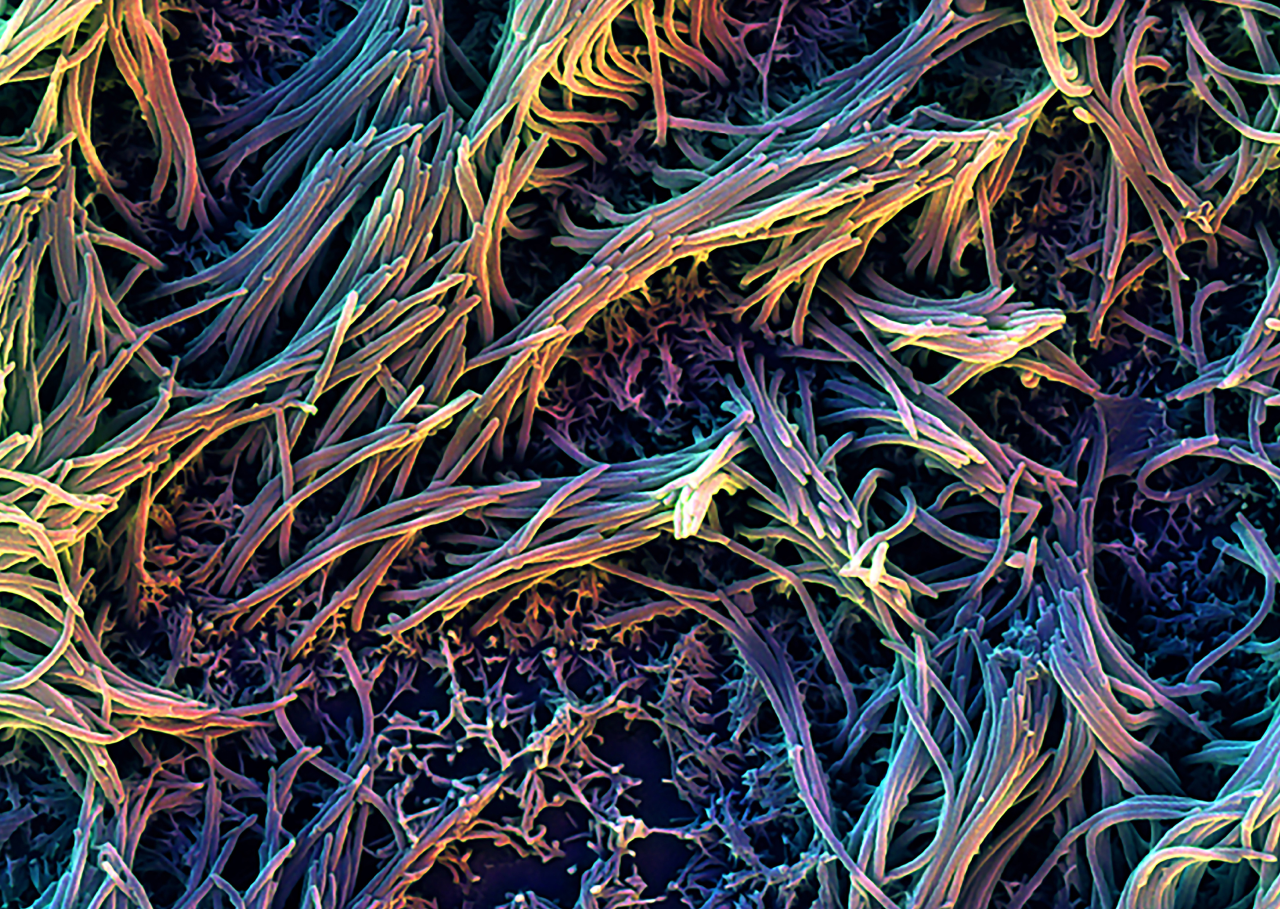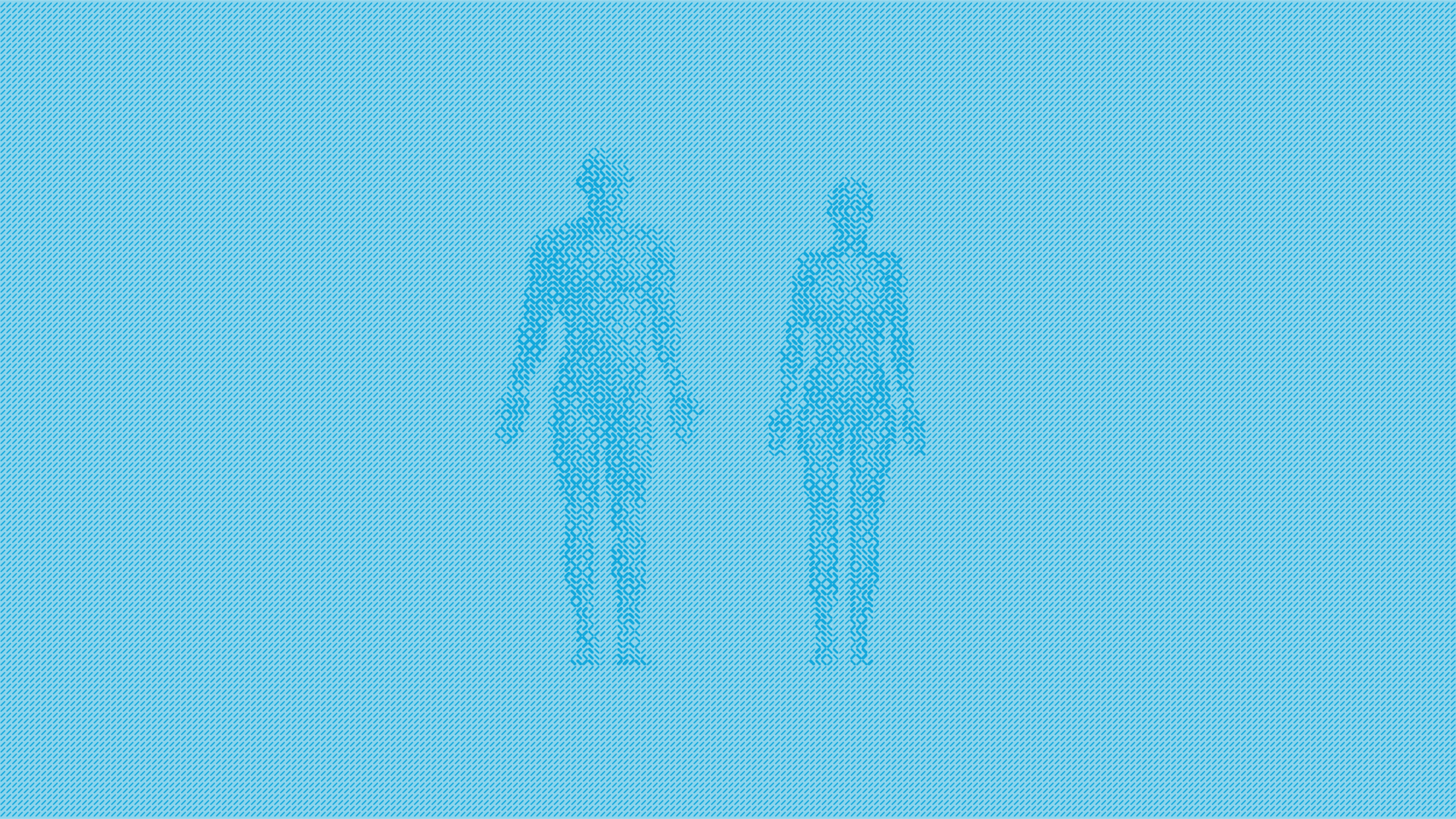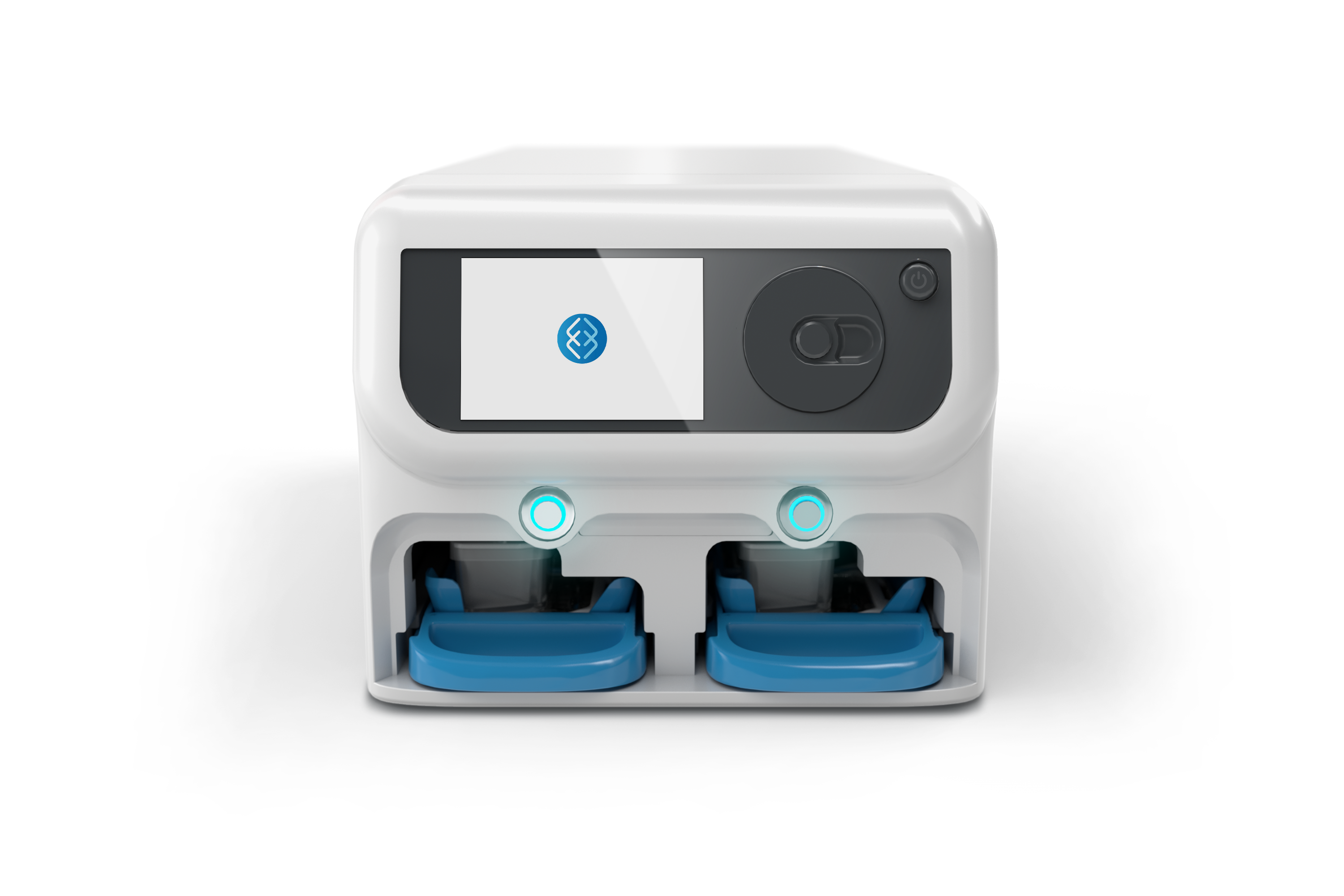
At the forefront of next-generation research tools, Emulate is changing how the world studies human biology. Their breakthrough platform, the Human Emulation System, uses Organ-Chip technology to recreate the microenvironments of living organs—enabling scientists to generate human-relevant data without relying on animals or oversimplified cell models. It’s a powerful shift toward more predictive, ethical, and effective science.
We partnered with Emulate to develop a motion identity that could match the sophistication of their platform and help communicate its value across audiences. From scientists and pharma partners to investors and internal teams, our task was to design a visual system that could carry the story of Organ-Chips with clarity, consistency, and visual impact—while also reflecting Emulate’s leadership in the rapidly evolving field of human biology.

Emulate’s Human Emulation System is pioneering a new standard in biomedical research. Their Organ-Chip technology recreates the dynamic environments of human organs with stunning precision, offering a more predictive and human-relevant model than traditional cell culture or animal testing. But while the science is groundbreaking, explaining it clearly—and compellingly—was a challenge.
We were brought in to help Emulate visualize their platform in a way that would resonate with researchers, partners, and investors alike. The goal: develop a motion identity and visual language that could make the invisible visible, the complex accessible, and the transformative potential of Organ-Chips immediately tangible.
We blended high-end 3D animation with UI-inspired motion graphics to show how Emulate’s hardware, software, and bioscience seamlessly come together in the Human Emulation System.
The resulting motion identity system gave Emulate a versatile toolkit: a consistent visual language that could scale across product explainers, conference presentations, internal onboarding, and investor materials. It positioned the Human Emulation System not just as a powerful technology, but as a platform that brings science closer to the human experience.
As part of our work, we also created a high-fidelity conceptual 3D rendering of the Liver-Chip for use in scientific publications—an image that was ultimately selected as the cover art for Science Translational Medicine, marking a rare and prestigious recognition of Emulate’s platform and our visual storytelling.




